Previously: The Manila Film Center.
Interstate 4, or I-4, spans just over 132 miles, stretching across the entire state of Florida and connecting Tampa on the western side with Daytona Beach on the eastern edge. But although the entire highway has a certain reputation — it’s not exactly the safest route to take, according to a steady stream of statistical analyses conducted year after year — there’s a specific section of it that’s particularly fraught: A quarter-mile stretch right at the shores of Lake Monroe, where the interstate leads onto the St. Johns River Bridge. It’s often referred to these days as the I-4 Dead Zone, and according to some, it’s one of the most haunted stretches of road in the United States.
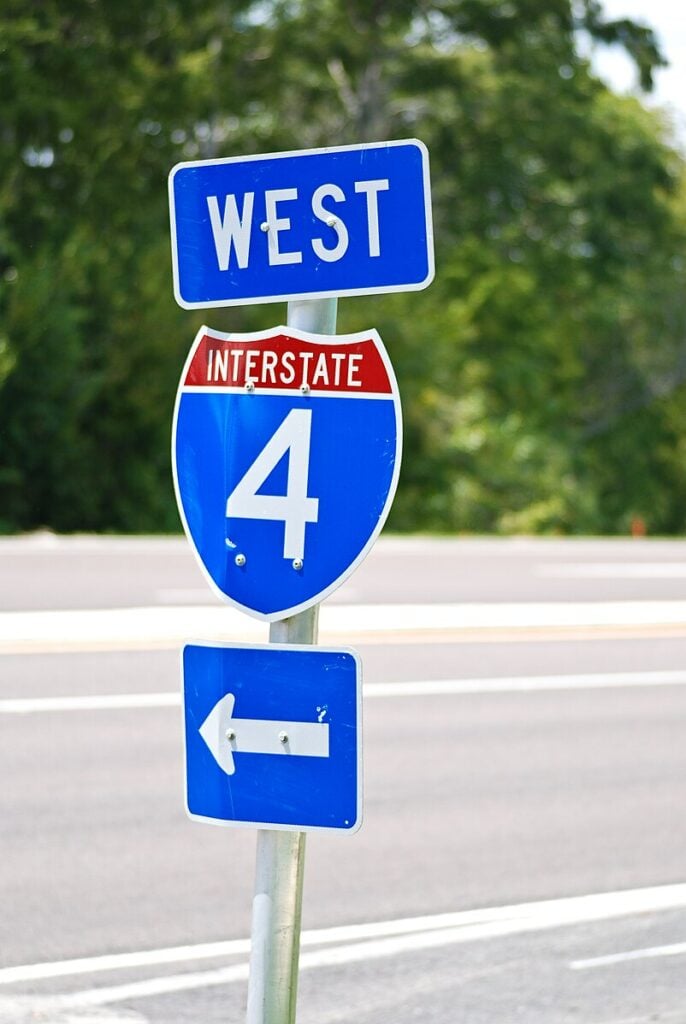
This section of I-4 isn’t just prone to accidents, you see.
There’s also some dark history attached to it — history which was literally paved over.
[Like what you read? Check out Dangerous Games To Play In The Dark, available from Chronicle Books now!]
But if there’s one thing that’s almost always true about places with a past, it’s that you can’t just cover it up and hope that, with time, the past will be forgotten.
Truth, as they say, will out — whether there are ghosts involved or not.
The Construction Of A Curse
Like many highways in the United States, Interstate 4 was constructed in stages, with new pieces of it opening up periodically over a number of years. Work commenced in 1958, with the first segment — the portion stretching from Plant City to Lakeland — opening just a year later, in 1959; however, the interstate wouldn’t achieve its full reach until 1971. In recent years, the I-4 Ultimate project has reconstructed and widened the 21-mile stretch of the interstate that runs through Orlando, adding express lanes as it went; a continuation of this project, I-4 Beyond The Ultimate, is currently in the works, as well.
The section that’s now known as the I-4 Dead Zone opened up in the early 1960s — and, rumor has it, the trouble began on its inaugural day: Shortly after it opened to traffic, a tractor-trailer transporting frozen shrimp jack-knifed on it. The driver, it’s said, did not survive — and ever after, drivers traveling on that quarter-mile have reported experiencing certain… troubles: Spotty or non-existent phone reception, static on the radio, and even strange sights ranging from moving balls of light to full-on apparitions.
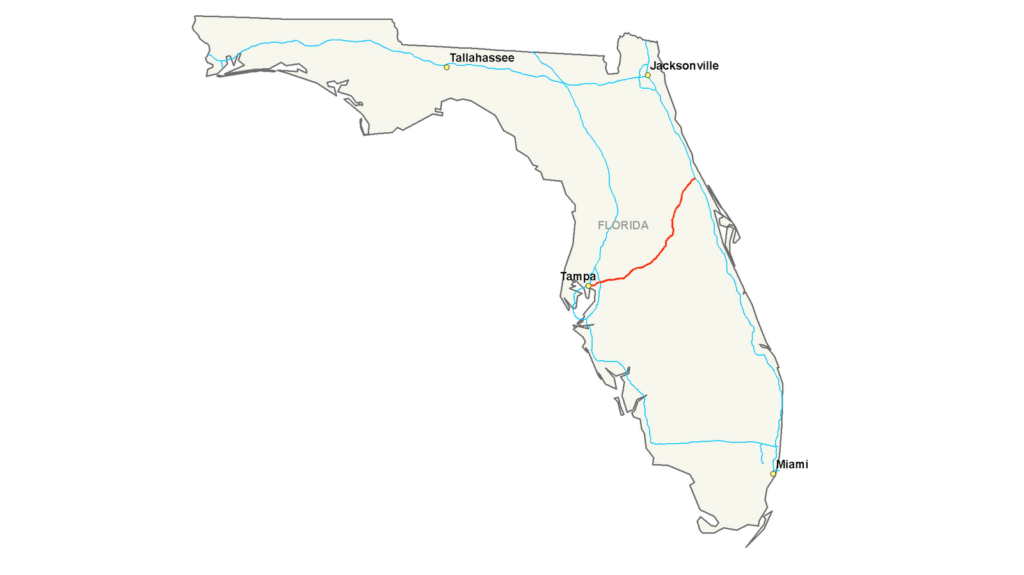
Not to mention all the other accidents that seem to plague this tiny stretch of highway. There are… more than there should be, all things considered. After all, it’s only a quarter mile.
But that first accident? The one with the shrimp truck on opening day? That wasn’t actually the beginning of the story. For that, we need to go back even further in time.
The Ghosts Of I-4
Although the land was originally populated by Native peoples — first Mayaca and Jororo, and later Seminole — the area around Lake Monroe had, like much of the United States, been forcibly taken over by white European colonists by the 19th century. Circa 1870, huge swathes of this land were owned by one Henry Sanford, who had big plans for it: He wanted to start a farming colony for Catholic immigrants. He intended to call it St. Joseph’s.
The plans never came to fruition, however; indeed, only a few families came — German immigrants, although it’s not clear whether they had come directly from Germany or whether they had already been living in other areas of the United States by that time — only to be virtually wiped out just a few years later. The cause? The yellow fever epidemic that struck Florida in 1887. Sanford himself died a few years later, and, well… that was that.
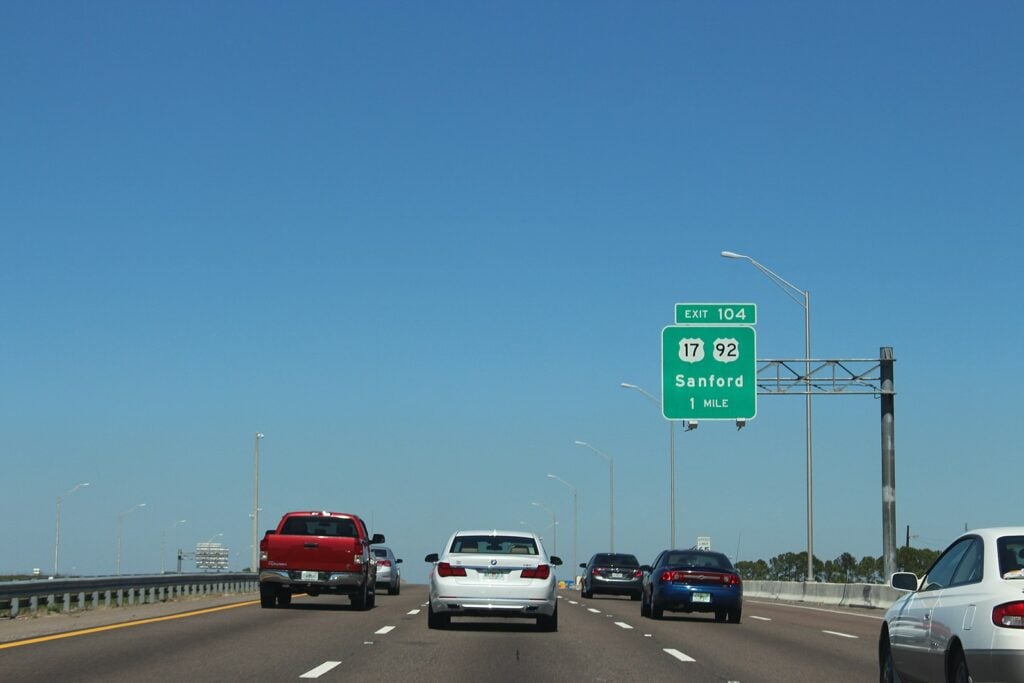
According to some reports, the four German immigrants who died during the epidemic were buried where the chapel for St. Joseph’s was intended to be built — graves which may never have had last rites performed properly over them, as the priest Sanford had originally brought in to minister the colony had also died of yellow fever while away in Tampa. (The priest, Felix Prosper Swembergh, had, somewhat ironically, been dispatched to Key West in order to minister to the ill there; he never made it, falling to the epidemic himself before he reached his destination.)
These graves, marked only by four wooden crosses, allegedly remained in place for quite some time.
The Field Of The Dead
In the years following the yellow fever epidemic and the failure of the colony, the land changed hands several times — mostly to farmers, who mostly left the graves well alone… except when they didn’t. D.V. Warren, for instance, cleared the land, but marked off the graves in order to keep them safe. But then, around 1905 or 1906 — the year varies by source — Albert Hawkins acquired the land from Warren, and things started to go south.
There are stories of two different farmers — the first a farmer that Hawkins leased the land to, the second Hawkins himself — disturbing the little burial plots, and then losing their houses to fire shortly thereafter. There are stories of a child who disturbed the graves in the 1950s, and who was later killed in a hit-and-run. And after the Hawkins family replaced the grave markers and rebuilt their house, it’s said that they continued to experience odd goings-on at home — objects, particularly children’s toys, moving by themselves, for instance.
The Hawkins’ field became known locally as the Field Of The Dead.
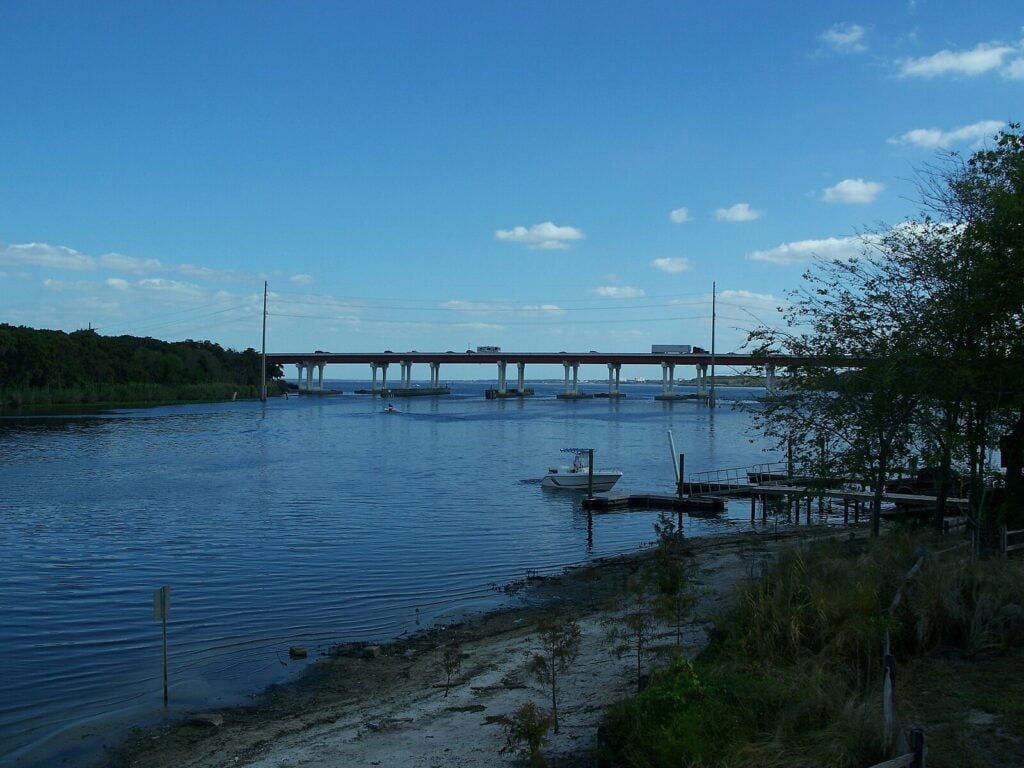
Which brings us back to I-4. The state of Florida purchased the land from Hawkins; widow in 1959 as the interstate project got underway. The graves were meant to be moved…
…But they weren’t.
They were filled in, and paved over.
And the spot where the graves were located — where they still are located, as far as anyone knows — that’s precisely the spot where everything seems to happen on I-4.
That’s the spot where the shrimp truck accident is said to have occurred.
That’s the spot where drivers notice their phone service dropping, or their radios going on the fritz, or odd lights and figures appearing on the highway.
The graves mark the I-4 Dead Zone.
The graves are the I-4 Dead Zone.
What We Know… And What We Don’t
Of course, it’s worth noting that there’s a lot about this story that I haven’t been able to verify.
For one thing, it’s frequently said that the opening day accident on the section of I-4 now called the Dead Zone occurred in 1963; however, news coverage of the I-4 project’s overall progression suggests that the segment that includes the Dead Zone — the stretch from Sanford to DeLand — opened in 1961, not 1963:
“With the opening of the section extending northward from Sanford, which is expected by Christmas, it will be possible for motorists to drive over this new highway [Interstate 4] for most of the distance between Daytona Beach and Tampa,” reported the New York Times on Nov. 19, 1961; then, in a bigger story on Florida’s many highway projects published in the same paper on March 28, 1965, we’ve got the note that “a 16.9-mile segment between Sanford and DeLand was opened in 1961.”
Furthermore, I haven’t been able to dig up any contemporaneous reporting — nothing at all — on any accidents occurring on this stretch of I-4 on its opening day, let alone one that involved the highly specific detail of a shrimp truck. I did find a story published in the New York Times on Dec. 17, 1963 with the absolutely glorious headline “Florida Police Halt Car With Chimp At Wheel” — but that’s as close as I got. (For the curious, no charges were filed against the chimp.)
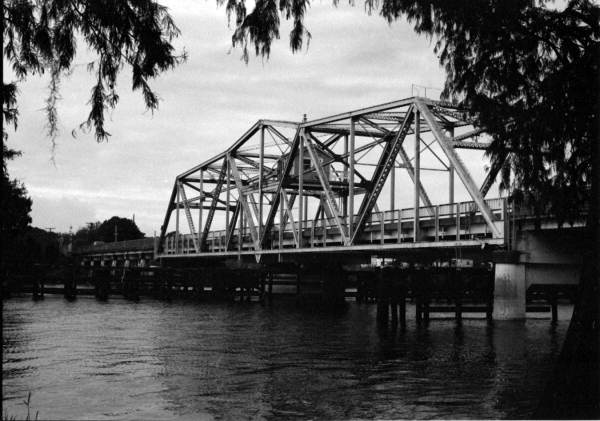
Is it possible that I’m looking at the wrong section of the highway? Is it possible that local Florida papers have better or more complete coverage of the I-4 project than the New York Times? Is it possible that there’s stuff about this that I just haven’t found, or that I’m barking up the wrong proverbial tree?
Of course. Publicly available documentation of this particular highway’s development is… not great, and I only have access to so many historical news archives, with limitations imposed by both my geographical location (my Washington, DC-area library system provides ready access to historical editions of newspapers local to the DC area, but not to other locations, especially ones as far away as Florida) and, well, how much funding I have available to put into this website (it’s independently-run, after all).
Still, though — you’d expect something along these lines to have come up, and the fact that there’s nothing strikes me as a little odd.
It’s also worth noting that all of the stories out there examining the legend — including relatively recent pieces from outlets like the Daytona Beach News-Journal and the Orlando Sentinel — repeat the whole thing about the shrimp truck accident in 1963, but don’t actually have any citations for the original story itself. Again: Not impossible that it could have been lost to time, but… odd all the same.
Additionally, I’d be remiss if I didn’t point out that much of what we know about the history of the land under Albert Hawkins’ ownership comes from Charlie Carlson, author of the book Weird Florida and originator of the “Dead Zone” moniker — and a direct descendent of Hawkins: Carlson has confirmed to several publications over the years, including the Orlando Sentinel and the Daytona Beach News-Journal, that Hawkins was his grandfather.
Now, I’m not saying that Carlson isn’t a trustworthy source; although I’ve sometimes found the Weird U.S. books to embellish tales and legends somewhat, they’re still solid documentation of a huge amount of local legends and hyper-specific lore — and, moreover, Carlson’s memories are pretty much primary sources in and of themselves, or at least gathered via primary sources (that is, there’s a lot about all of this he heard directly from his grandfather and experienced growing up).
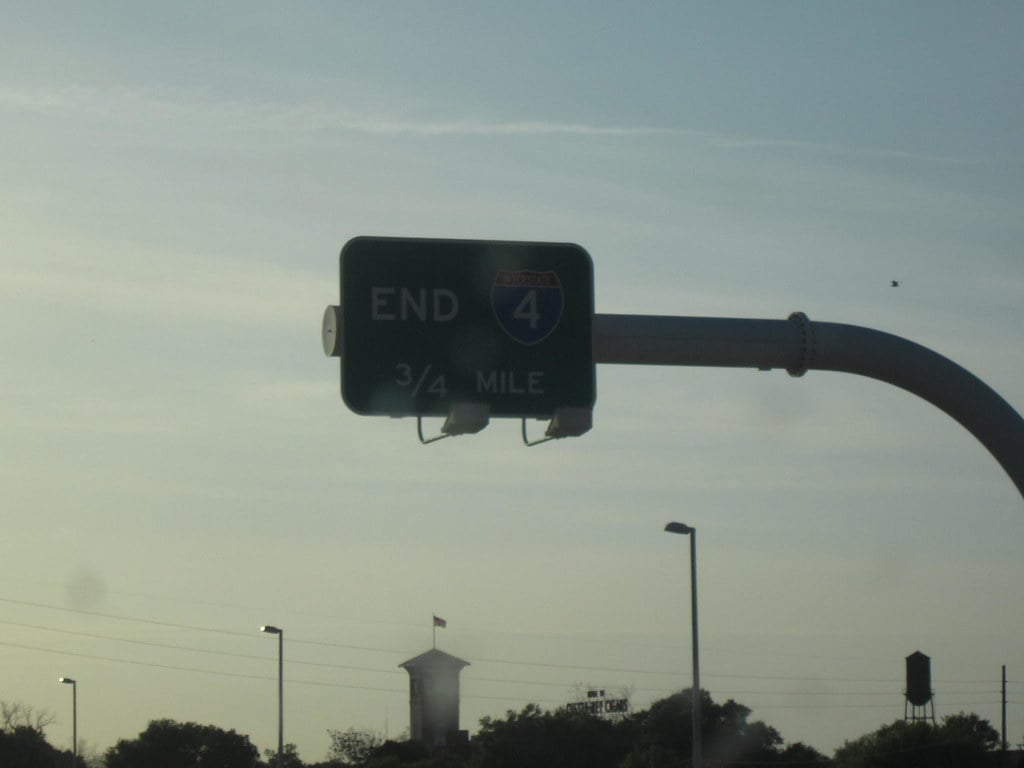
Carlson himself is also a well-versed historian and researcher, and a good portion of his information has been corroborated by other reliable sources — for instance, Museum Of Seminole County History coordinator Bennett Lloyd in the Daytona Beach News-Journal as recently as July 2023.
But the thing with folklore is that a gathered version of a story is just that: A gathered version of a story. And, as I’ve commented time and time again, memory is imperfect, and we humans have a tendency to shape our memories to fit the shape of a story, even if the events as they originally occurred may have fit that shape quite as neatly.
That is to say: So many of the “facts” behind the alleged haunting of the I-4 Dead Zone are… let’s call it looser than you might think. There’s likely a seed of truth in there, but how big that seed is versus the size of what’s grown from it remains to be seen.
But then again: That’s what ghost stories are for, aren’t they? To give form to something we might otherwise have trouble comprehending? Right?
Because the fact remains that there have been a lot of accidents on this stretch of I-4 over the 60-plus years it’s been in operation. And it did also get hit pretty badly by Hurricane Donna in 1960 and Hurricane Charley in 2004 — both of which of occurred during periods of construction around the I-4 Dead Zone, as Charlie Carlson has pointed out in the past.
It’s no wonder that I-4 has a reputation for being haunted. Or cursed. Or both.
And something tells me that, as construction continues along I-4 — as it continues to be widened, to be reconstructed, to be bolstered up — that reputation will continue to grow.
We have to explain these things somehow, after all — and ghosts?
Ghosts explain everything.
***
Follow The Ghost In My Machine on Bluesky @GhostMachine13.bsky.social, Twitter @GhostMachine13, and Facebook @TheGhostInMyMachine. And for more games, don’t forget to check out Dangerous Games To Play In The Dark, available now from Chronicle Books!
[Photos via Kyle May, Michael Rivera, Ebyabe/Wikimedia Commons, available under CC BY 2.0, CC BY-SA 4.0 and CC BY-SA 3.0 Creative Commons licenses; public domain (1, 2) /Wikimedia Commons; Dougtone/Flickr, available under a CC BY-SA 2.0 Creative Commons license.]
Leave a Reply